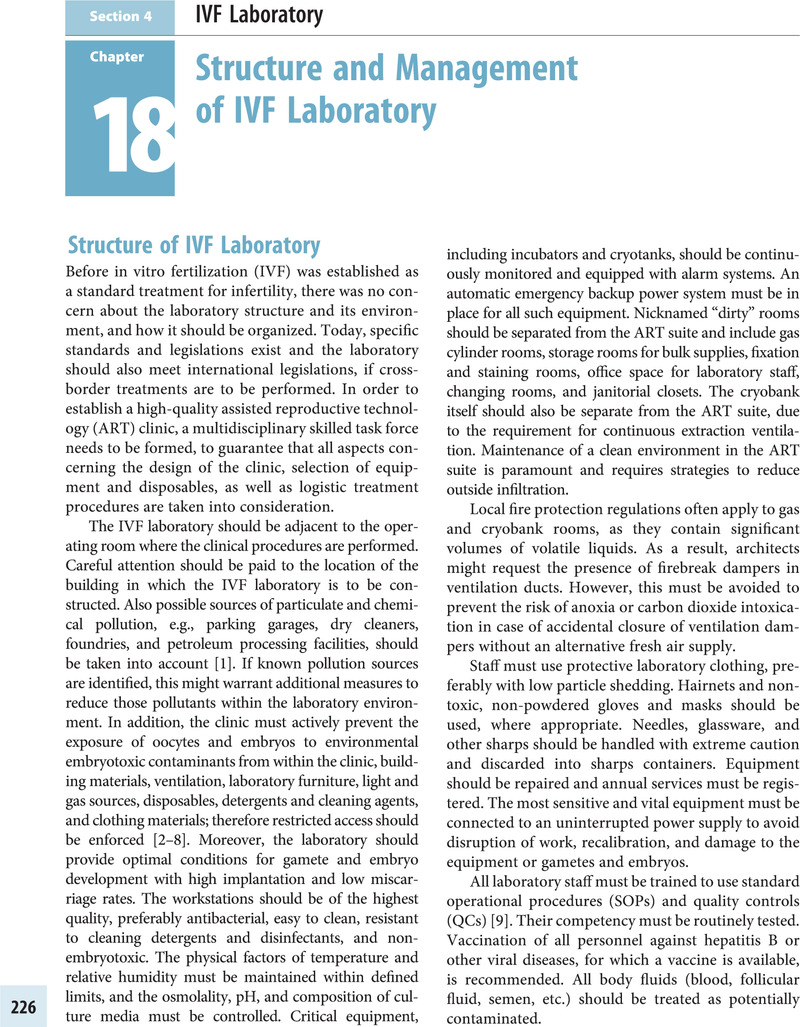Book contents
- A Textbook of Clinical Embryology
- A Textbook of Clinical Embryology
- Copyright page
- Contents
- Frontispiece
- Chapter Co-authors
- Acknowledgments
- Section 1 Physiology of Reproduction
- Section 2 Assisted Reproductive Procedures
- Section 3 Genetics and Preimplantation Genetic Testing
- Section 4 IVF Laboratory
- Index
- References
Section 4 - IVF Laboratory
Published online by Cambridge University Press: 05 March 2021
- A Textbook of Clinical Embryology
- A Textbook of Clinical Embryology
- Copyright page
- Contents
- Frontispiece
- Chapter Co-authors
- Acknowledgments
- Section 1 Physiology of Reproduction
- Section 2 Assisted Reproductive Procedures
- Section 3 Genetics and Preimplantation Genetic Testing
- Section 4 IVF Laboratory
- Index
- References
Summary

- Type
- Chapter
- Information
- A Textbook of Clinical Embryology , pp. 226 - 238Publisher: Cambridge University PressPrint publication year: 2021

